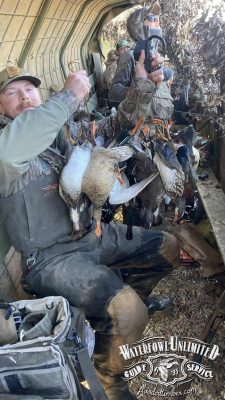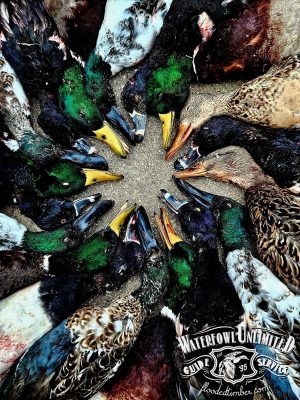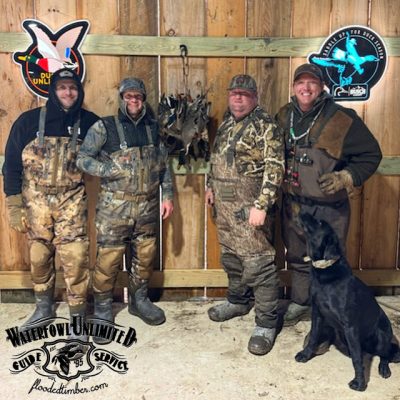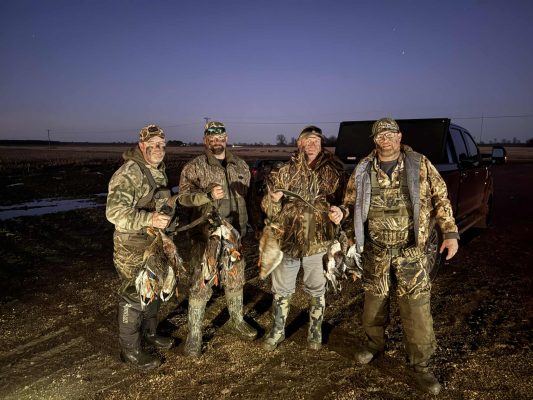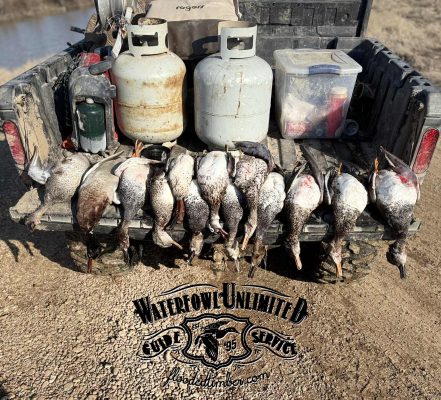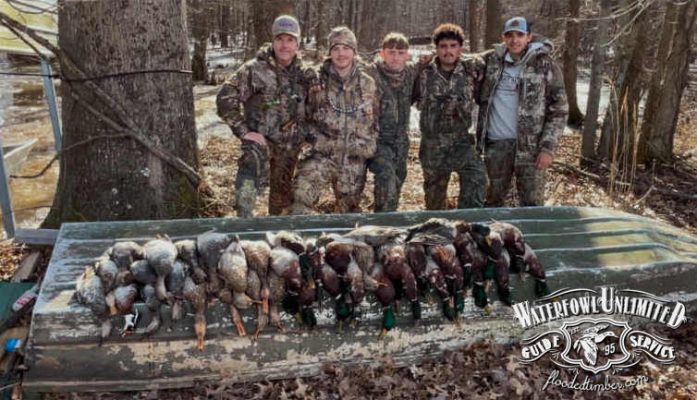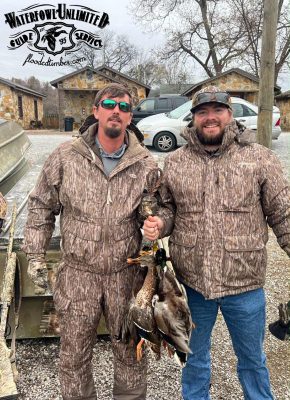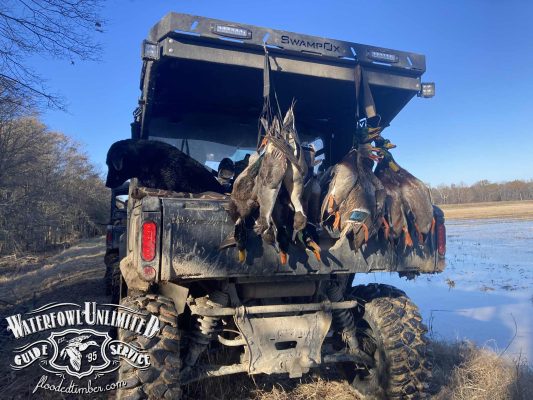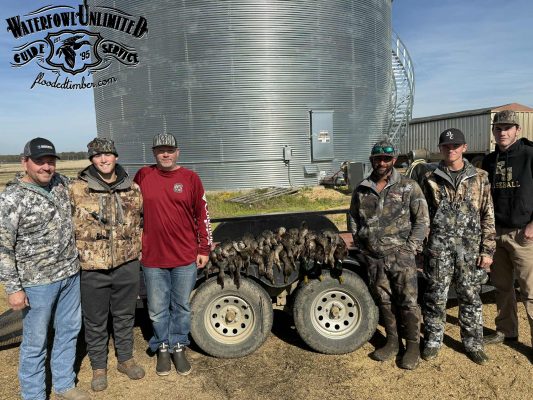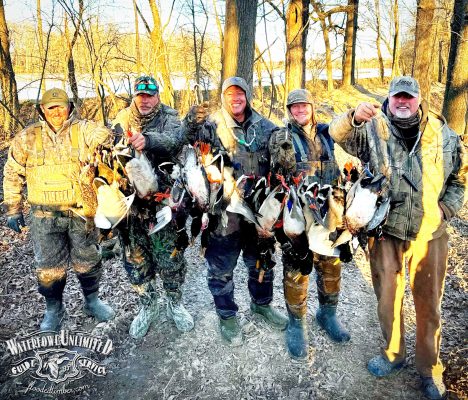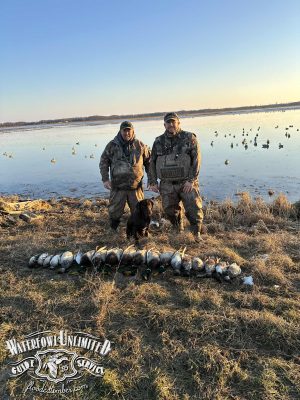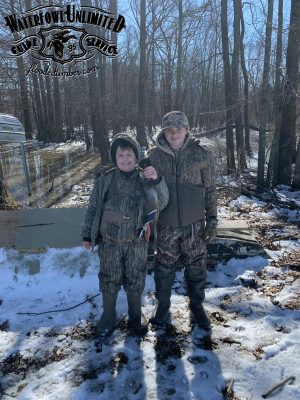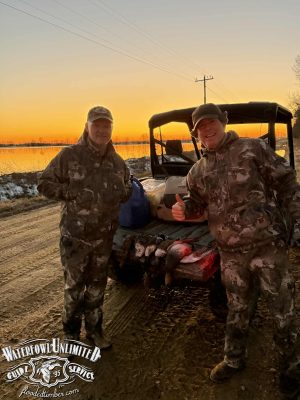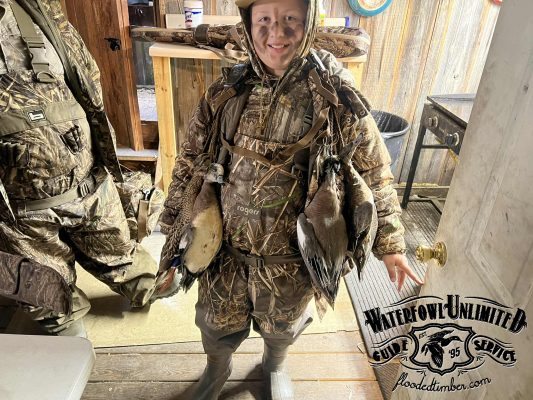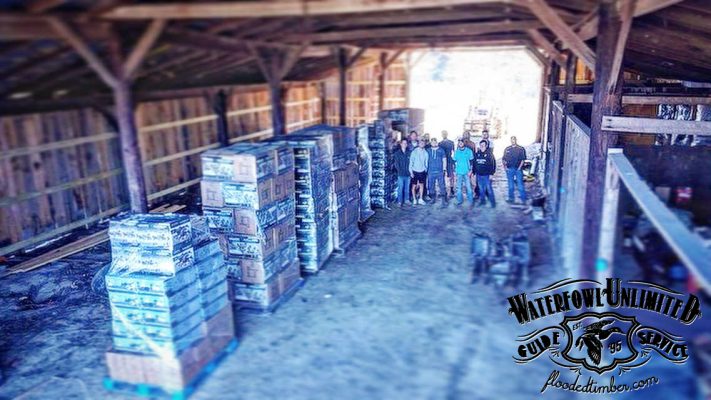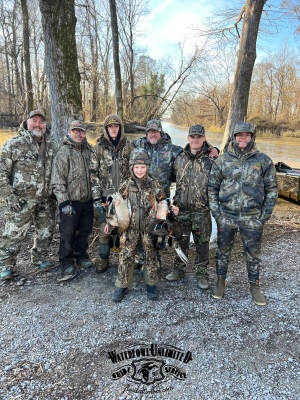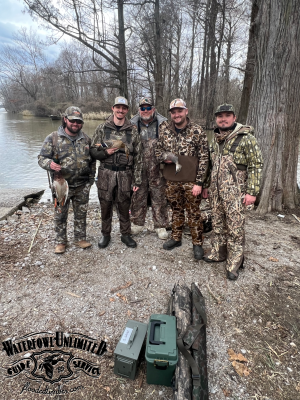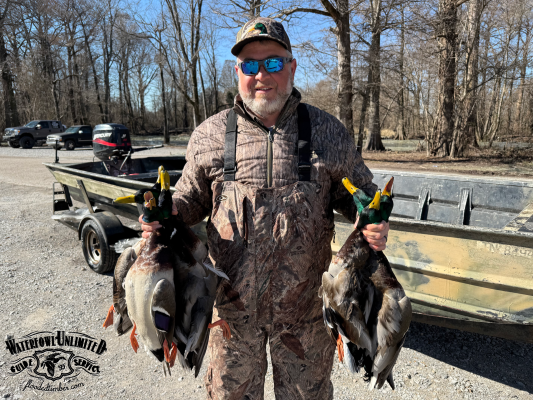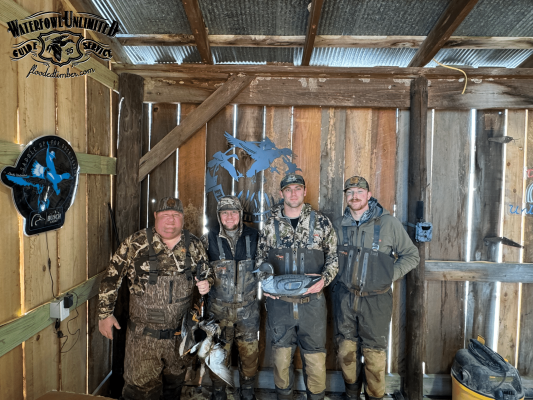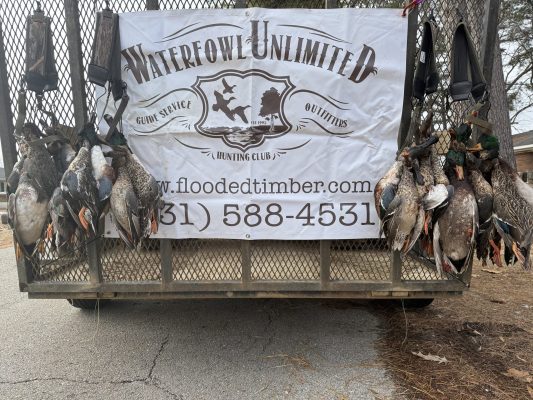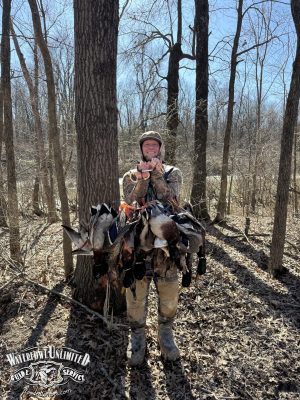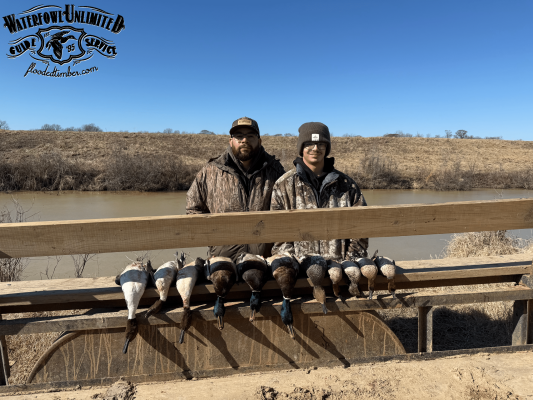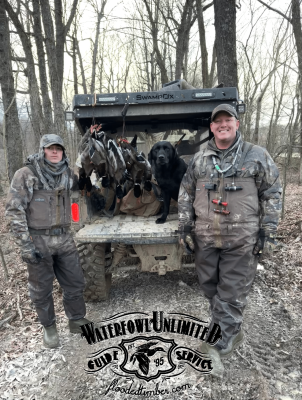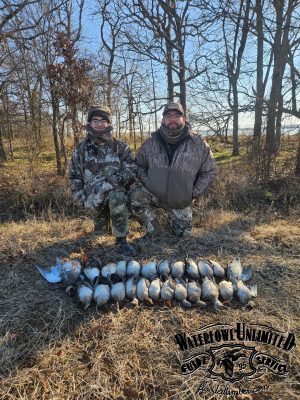Summertime Tips for Duck Hunters
Duck hunters thrive during the colder months. From September through January, we love going into the wild because there are waterfowl out there, in great numbers.
While it is hard work, it’s also fun, as we get to socialize with our hunting parties and trusted dogs. We enjoy the outdoors, fresh air, the thrill of the hunt, and the joy of cooking a meal on an open flame under the open skies.
Those are all great activities associated with duck hunting during the season, but what can duck hunters do during the warmer months when waterfowl just aren’t there?
This downtime period might seem slow and boring to many, and you just can’t wait for it to pass so you can move on to the next hunting season, but there are valuable ways to utilize your time.
Read on and find out some useful tips for duck hunters (and snow geese hunters alike) in the summertime.
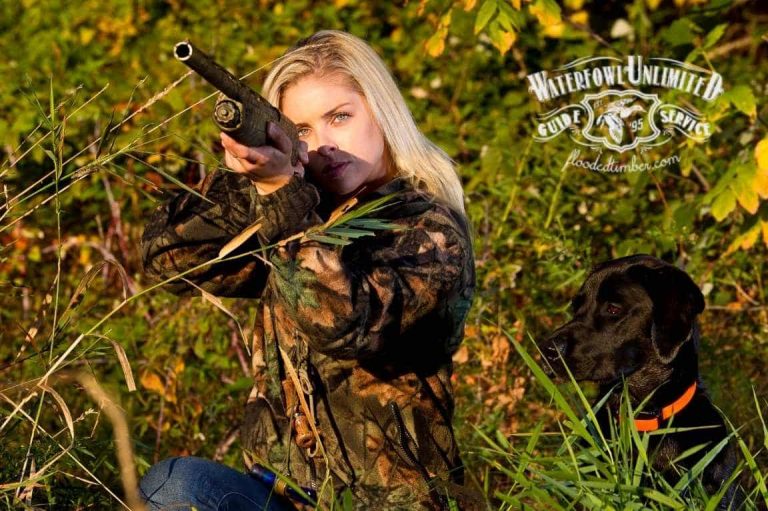
Practice Makes Perfect
This one is easy and obvious. While there aren’t enough ducks out there during the summer months, one of the best things you can do is practice and get ready for the next season. First off, practice your shooting. You can always improve your aim and become even more precise, and the summer months will give you plenty of time to do just that.
Another useful thing you can do is work on your decoy rigs. Even the most trusted ones that have proven their efficiency can use a tune-up. After all, usage does take its toll on a decoy rig, and the best time to improve it is while it isn’t being intensely used.
Check Your Favorite Spots
Checking your favorite spots is another useful way you can utilize your time during the summer. While you’re in mid-season, you might not even notice some of the changes gradually occurring because of seasonal weather changes. Once the season is over, you could be left with totally different terrain.
Use those summer months to check your favorite hunting spots a couple of times before the new season comes, because you might need to change a couple of details on your hunting map.
Scout the Area for Food Sources
This activity might also include checking your favorite hunting spots because some of them are likely to be food sources for mallards. While duck hunting is not a summertime activity, fishing is, so you should keep an eye out for fishing trips in your designated hunting area and track how intense it is. This can affect the mallards’ food sources early in the new season.
Also, take note of what the landowners are doing in the summer, especially farmers. They could be planting crops on the land you usually use for hunting, and the type of crops they plant could change not only your usual hunting path but also the activity of the ducks and geese once the summer is over.
Watch Out for Summer Storms
While the weather is mostly nice and warm during the summer, you know that eventually, the heat will partner up with humidity up until the point when the time is due for a summer storm.
Those can be tricky because, after a couple of weeks of intense heat, the rain that follows will be heavy, followed by gusts of wind and possibly even hail. Typically, all that rain can flood an area and create new ponds where mallards could gather. Keeping an eye out for that could, therefore, be very useful.
The reason why waterfowl hunters should track for summer storms is that the amount of rain that falls onto an area could change it for the near future, including hunting season. For example, a late summer thunderstorm could bring so much rainfall that your hunting spot could change for the next season.
A lot of hunters don’t like excessive water as it can spread the birds too thin over an area, and the cause of that could very well be a heavy late summer thunderstorm. So, track those summer storms because that information can become crucial as early as September.
Duck hunting on Reelfoot lake is an experience unlike any other, and if you’re up for a guided tour, call Reelfoot Lake Duck Hunting Guide, and we’ll be happy to arrange a customized trip for you!








